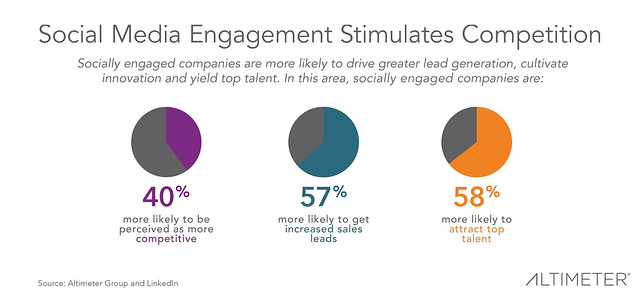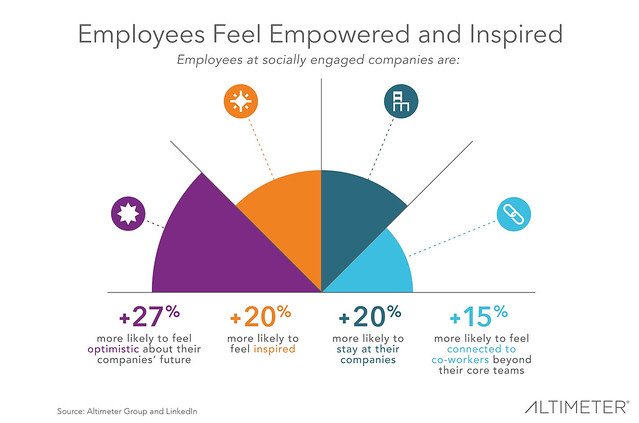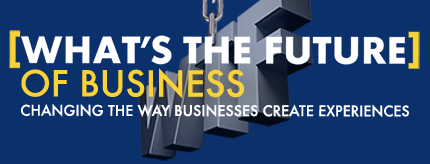In a late 2013 study, Gallup found that only 13% of workers actually feel engaged at their jobs. What’s worse is that 63% of the workforce is not engaged at all. But wait, the news gets even more disheartening. An astounding 24%, one-quarter of the global workforce, is actively disengaged right now. Essentially we have a significant number of workers doing their best impression of corporate zombies who go through the everyday motions to collect a paycheck.
So are employees to blame?
Nope.
This incredible set of findings falls squarely on management or the lack thereof. What’s missing? Employee leadership and engagement.
The economic impact of passive engagement and complete disengagement is potentially devastating on the horizon. And right now, it’s only building momentum, reducing profitability and eroding morale every day. While I’ve not researched the expected losses businesses should expect as a result of this shocking news, I have researched the benefits of actively engaging employees. Believe it or not, doing so carries a notable impact on relationships and the bottom line. That data is available here.
I partnered with LinkedIn to lead a research project that could put weight behind dedicated employee engagement programs while also demonstrating the business upside in doing so. In 2013 and 2014, along with LinkedIn, we surveyed thousands of workers about their company’s employee engagement practices. The study was also informed by another project we worked on together during this time that examined the top 100 “socially engaged” companies that use the LinkedIn platform successfully for engaging employees and employee prospects. The list of “The Top 25 Socially Engaged Companies” was published earlier this year by LinkedIn.
To better understand the benefits of employee engagement, we hosted both qualitative and quantitative studies with employees of socially engaged companies and also those that were further down the list or not on the list at all. Our goal was to learn what the most socially engaged companies on LinkedIn did differently and also how employees felt about current engagement programs and their resulting benefits. We also surveyed employees outside of the control group to compare responses.
The result was a telling report, Relationship Economics: How genuine communication and engagement in social media helps businesses grow relationships with employees and customers while improving the bottom line. At a minimum we found that active employee engagement works. But you already knew that right?
While it might seem logical or even commonsensical, Gallup’s numbers demonstrate that businesses are missing or ignoring potentially costly opportunities right now.
In our research, we learned right away that socially engaged companies are more likely to drive greater lead generation, cultivate innovation, and yield top talent.
For example, we found that 57% of socially engaged companies are more likely to attract great talent (41% of the target group vs. 26% of the control group). And 40% are more likely to believe their company is more competitive. That’s not all however. In a war for top talent, socially engaged companies are 58% more likely to attract ideal candidates.
The benefits don’t end there however. Employees at socially engaged companies are more likely to be inspired and optimistic about their company.
In a time when culture eats strategy for breakfast, employees at socially engaged companies are also 20% more likely to feel inspired at their job. More so, 27% are more likely to be optimistic about the future of their organization.
The numbers only continue to reinforce the obvious; employee engagement is the foundation for leadership and business success.
What we took away from this research is that the most socially engaged businesses are learning that intentional communication, social content and community strategies work. They do so by informing and empowering internal and external stakeholders by creating productive communities where like-minded professionals connect to share information, collaborate, solve problems and also create opportunities.
This isn’t about using social media platforms, which so many companies are doing. This is about what you do with those platforms. Socially engaged companies are genuinely more open, communicative, and also open to listening and learning in real time. They are leading the way for a new social era of business transformation, where trust becomes a metric and relationships offer economic value.
To do so however, takes intention and an infrastructure for active social engagement and communication. As they say, a happy employee makes a happy customer. With one quarter of employees actively disengaged, we can only do better. But, we have to want to improve employee morale and confidence and that starts with admitting there’s a problem today.
Brian Solis
Download the report here.
Connect with me…
Twitter | LinkedIn | Facebook | Youtube | Instagram | Pinterest
Image Credit: Shutterstock




